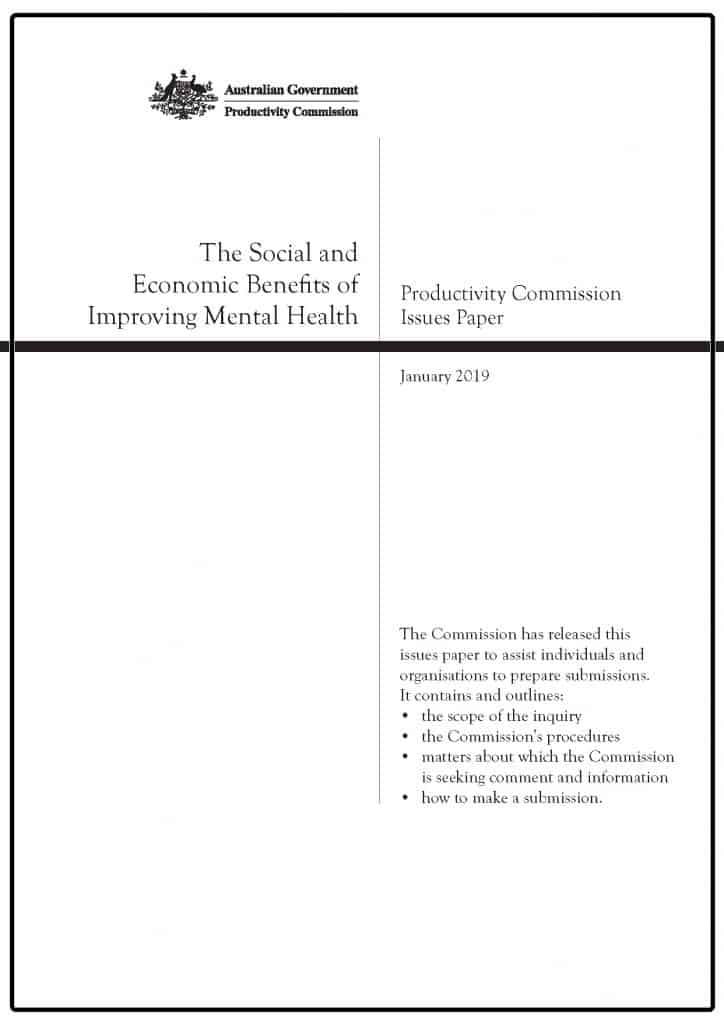Australian research into occupational health and safety (OHS) is a lot less than research into other areas of business and management, especially in relation to the psychological wellbeing of workers at all levels of the corporate structure. As such, it has become common for experts, advocates and researchers from the social, non-work, public health areas to overlay general and broad research findings on to workplaces – they are, in effect, filling a vacuum. But just because the OHS research into psychological harm is thin or immature does not mean that work does not have its own characteristics.
Over many years OHS has produced research and guidelines that include the psychological effect of sexual harassment, but it has been ineffectual or ignored for may reasons. This submission is an attempt to illustrate the potential already in existence in Australia that could be used to prevent sexual harassment-related psychological harm.


 Occupational health and safety (OHS) and Human Resources (HR) disciplines continue to, mostly, operate in isolation and, sometimes, in conflict. Part of the reason is that workplace matters are often seen as either OHS or HR, even though they are both.
Occupational health and safety (OHS) and Human Resources (HR) disciplines continue to, mostly, operate in isolation and, sometimes, in conflict. Part of the reason is that workplace matters are often seen as either OHS or HR, even though they are both.


 The trade union movement was instrumental in showing that workplace bullying was a pervasive problem in Australian workplaces. Many Codes of Practice and guidances for workplace bullying and occupational violence were written shortly after the action by the Australian Council of Trade Unions almost two decades ago. But, for some reason, although sexual harassment was mentioned in those early documents, it never received the attention in occupational health and safety (OHS) circles that, in hindsight, it should have.
The trade union movement was instrumental in showing that workplace bullying was a pervasive problem in Australian workplaces. Many Codes of Practice and guidances for workplace bullying and occupational violence were written shortly after the action by the Australian Council of Trade Unions almost two decades ago. But, for some reason, although sexual harassment was mentioned in those early documents, it never received the attention in occupational health and safety (OHS) circles that, in hindsight, it should have.